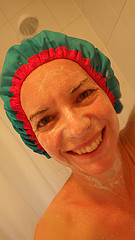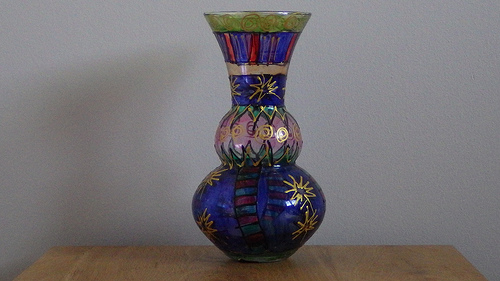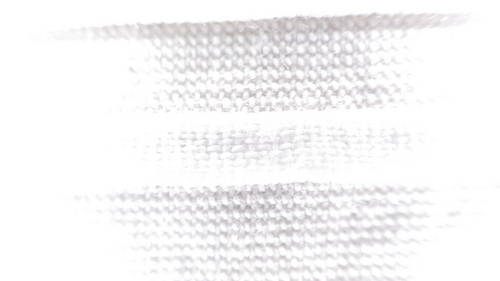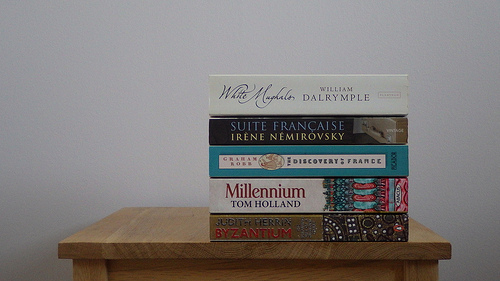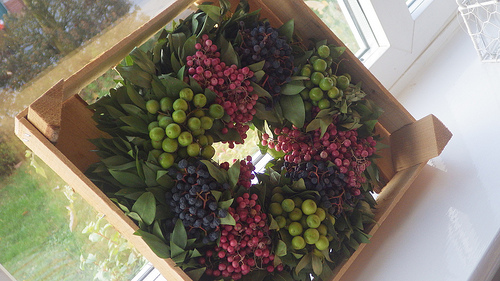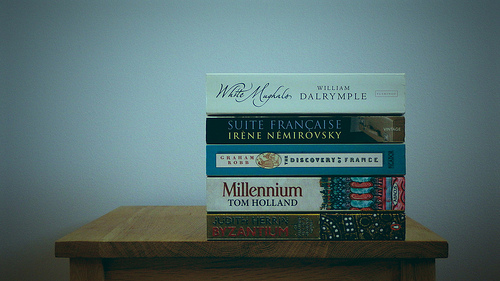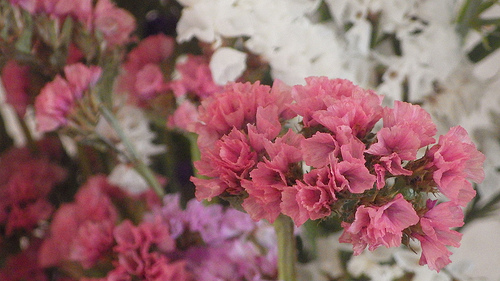I spent a few weeks with Pentax's rugged 'adventure camera' with built in GPS, the WG-3 GPS. When this camera was released, I described it as cross between a toddler's teething ring and a training shoe in design. My opinion on its aesthetics hasn't changed, but what do I think of it as a picture taking machine? During testing it came out and about with me in every day life, went on a trip to Cambridge, and was subjected to 'general fiddling' at home.
Basic spec
The WG-3 GPS has a 16 megapixel CMOS sensor and a 4× optical zoom lens that has a maximum aperture of ƒ/2.0 at its widest angle packed into a body that can withstand water as deep as 14 metres, cold down to -10° Celsius, being dropped from two metres, and a crush force of 100kg. There's also GPS, a barometer, and an electronic compass.
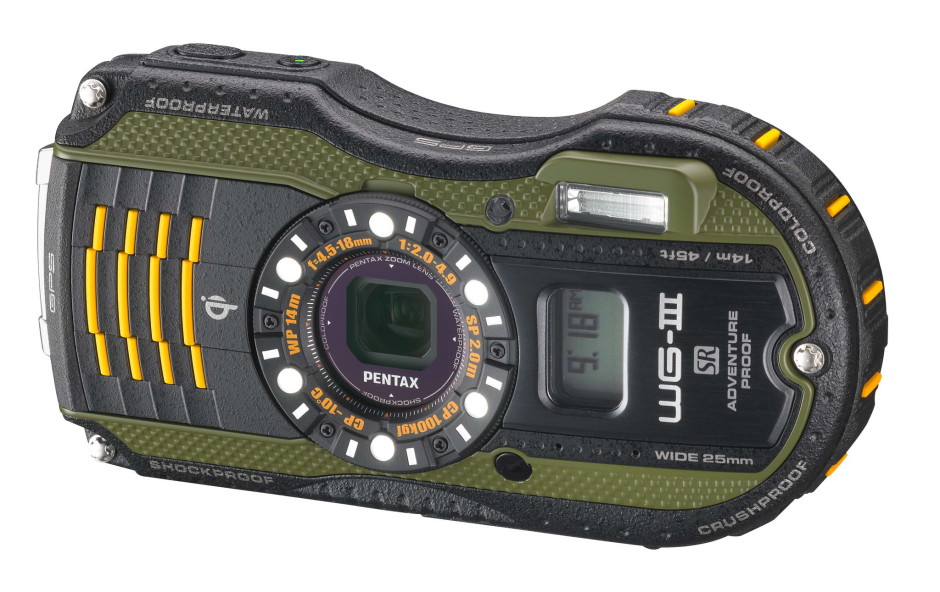
As can probably be expected, it has more scene modes and digital filters than you've had hot dinners this year. This includes a digital microscope mode, complete with five LED lights surrounding the lens, to help capture the smallest of small subjects.
At the moment you can pick one up for £235 if you shop around.
Build and handling
It's a rugged camera. It's designed to be dropped, soaked, and frozen. When you hold it, you get the feeling that it's perfectly capable of withstanding these torments. I wasn't brave enough to drop it or stand on it, mostly because I was concerned that I might damage my wooden floors. Still, I took it in the shower with me to be assured of its waterproof sensibilities and I wasn't disappointed.
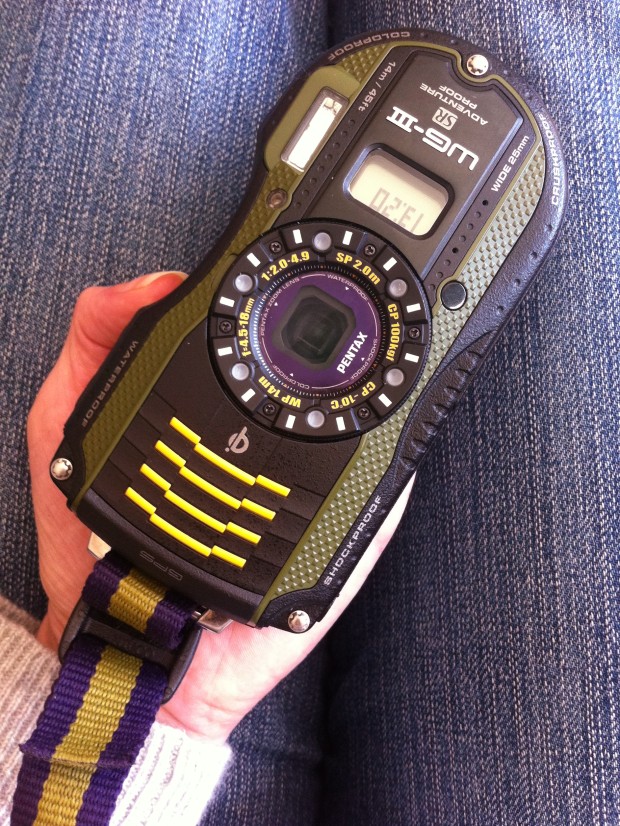
However, it hasn't strayed far from the obsession of making any and all adventure compact cameras look as if they've been designed by kindergarten pupils using crayons. I'm also inclined to think that the ruggedisation has had something of a negative impact, too. On occasions I found it quite difficult to depress the shutter release button without making the entire camera judder. There went any semblance of focus I had. Of course, this could just be me being a weakling and others might not have encountered anything similar.
If you're accustomed to recent model Pentax cameras you would not find the menus very different and even if you're not a Pentax user, they aren't difficult or complicated. You'd pick them up relatively quickly. As well as the plethora of scene modes and digital filters lurking beneath the mode and menu buttons, there's also the Green button to which you can assign your most-used functions. I opted for white balance, ISO, focus, and exposure compensation.
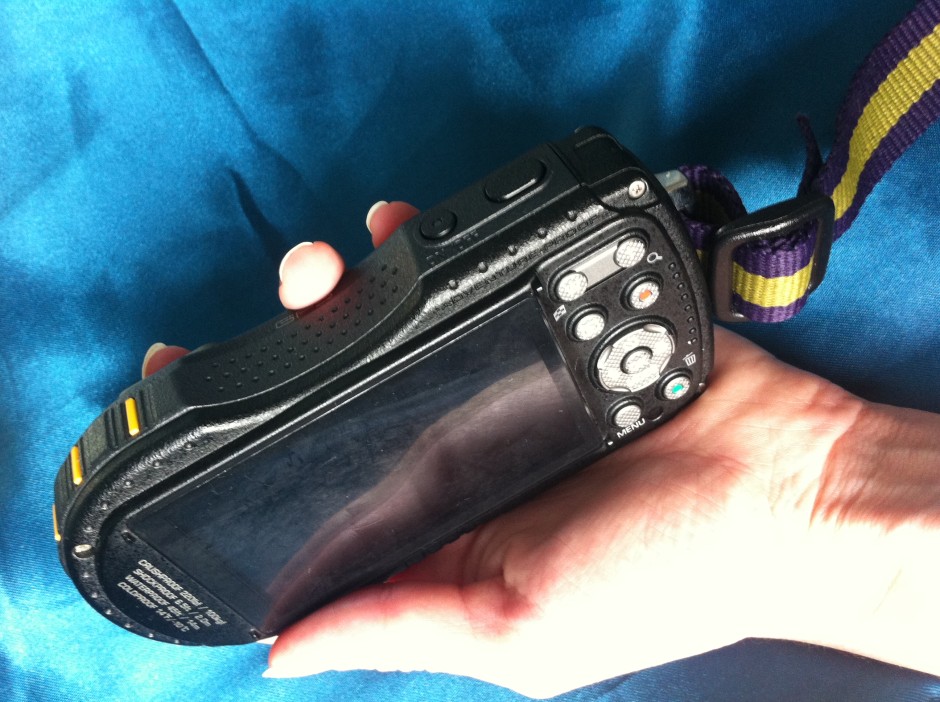
I was disappointed with the screen; I found it incredibly difficult to see in bright conditions, which makes me wonder how effective it would be when you're halfway up a mountain. I did appreciate the level indicator, however, as I have a prediliction to take wonky photos.
Images are recorded in 4:3 format at full 16 megapixel resolution, as well as 7, 5, and 3 megapixels. If you scale down to 12 megapixels you can choose between 16:9 and 1:1 formats. The 16:9 aspect ratio is also used for 5, 4, and 2 megapixel resolution images.
Performance
Slow autofocus is a problem that I've encountered with other Pentax cameras before now and unfortunately the WG-3 exhibited similar problems. It wasn't an issue in good light, but a hint of darkness leaves the auto-focus pecking around for its target, even with the assist beam. This was especially noticable when using the macro auto-focus or the digital microscope mode.
You have a choice of 28 different scene modes with the WG-3. They range from auto and programme through to underwater, surf and snow, and report, via landscape and food. In my opinion that's too many, especially when auto mode is intelligent enough to detect that the camera is photographing a flower and switch to flower mode, or a person and switch to portrait mode. A rugged camera would do well to provide auto and programme modes and then focus on the areas where it should be excelling: underwater and snow and bright conditions.
I gave the underwater setting a whirl in the shower, although doesn't really have the same effect as being submerged. It is meant to saturate the colours to compensate for the loss of light beneath the water's surface. However, you can see just how much it does do that. With no snow in my vicinity, I tried photographing a bright white surface in strong sunlight. I felt that it still needed exposure compensation, which rather defeats the object of the mode. You have to hope that people using it in these situations aren't relying on the camera's judgement in its entirety.
My ISO tests revealed a camera that produced no or little noise at ISO 125 and 200, but with some degredation appearing at ISO 400. There was significant graininess at ISO 800 and by ISO 1,600 I would be disinclined to make use of it. Combined with its disappointing auto-focusing ability, this doesn't bode well. However, at its widest point the lens has bright ƒ/2.0 aperture, which isn't to be sneezed at.
I was impressed by the photos the camera turned out when it used the macro auto-focusing mode, but the digital miscroscope was a disappointment. Apart from taking an age to focus, the five LEDS blew-out the white bed linen and the white flowers I tried it on. The macro focusing mode was far more effective.
The WG-3 GPS has eight white balance settings, including the auto mode that I found to be adequate. Occasionally it was a little too blue, but mostly it rendered colours accurately.
I was pleasantly surprised by the HDR function and felt that it really did make a difference in very bright situations without looking fake and over-cooked.
I didn't subject my test shot to every to every digital filter that the camera has to offer, but I did play with quite a few. It has everything that you'd expect, for example retro and toy camera, black and white and sepia, and miniature, as well as star burst and selective colour. You can see their effects over on my Flickr gallery.
Finally, I found the battery life very poor. It is supposed to manage 240 still shots on a full charge. I didn't manage anywhere near that.
The verdict
Despite it being a camera that I find ridiculously ugly and it having some shortcomings that I found disappointing, there was also plenty to like about the WG-3 GPS, for example its ƒ/2.0 lens. It does take good photos in good conditions and it has the means to overcome unfavourably bright conditions, too. There are a lot of adventure cameras out there to be bought and I wouldn't necessarily write off the WG-3. I just wish that Pentax had focused on making it a great compact camera, rather than one with lots of add-ons.
Would I buy it? To be honest, if I'm scaling a mountain or snorkelling, I'm more likely to be concentrating on staying upright or breathing than taking photos, but I would consider it if I felt that I were able to split my faculties sufficiently.
Would I recommend it? There are a lot of rugged cameras out there and the WG-3 GPS is good value for money. It's worth investigating.
More photos are on Flickr.

